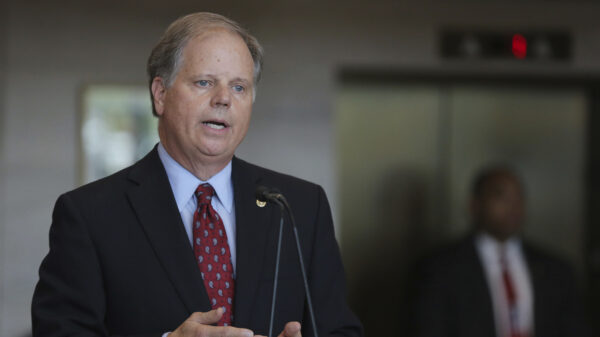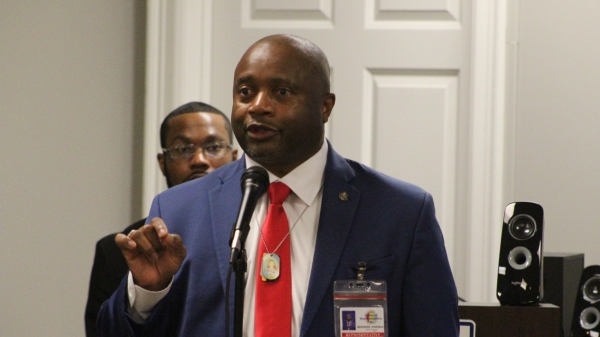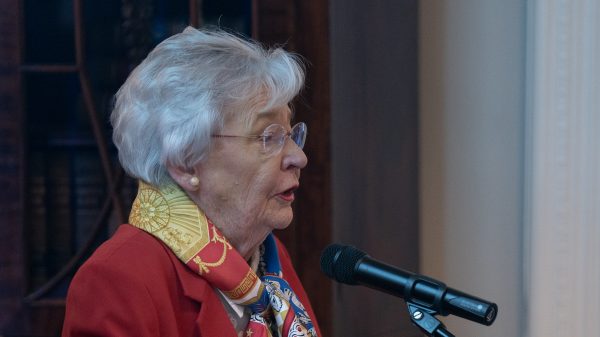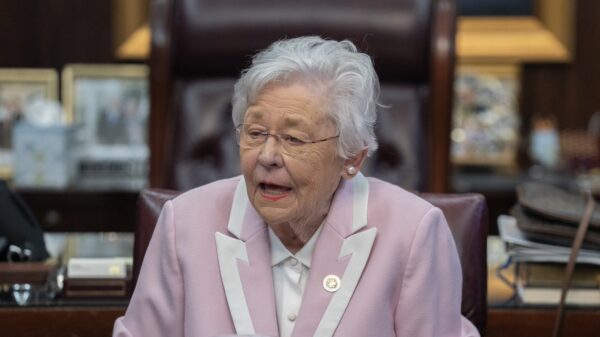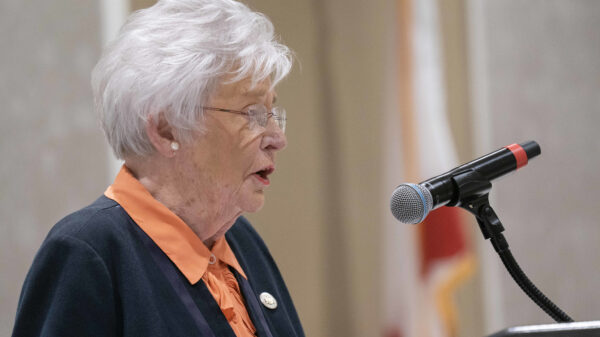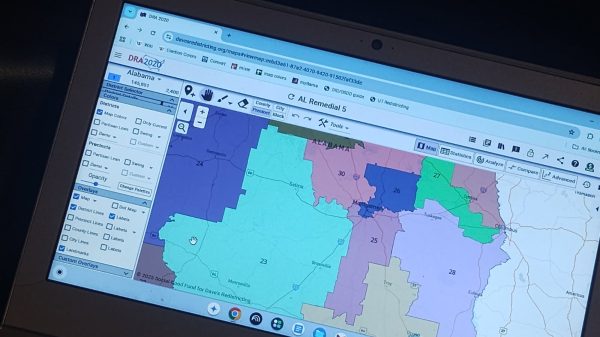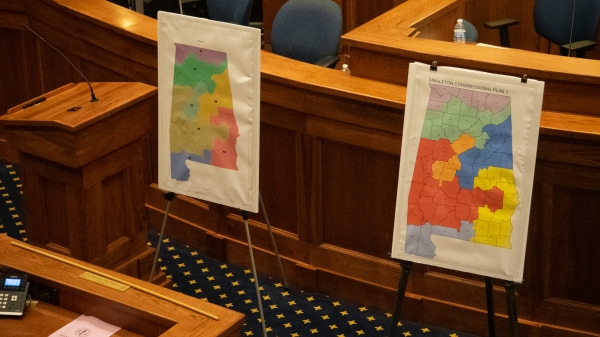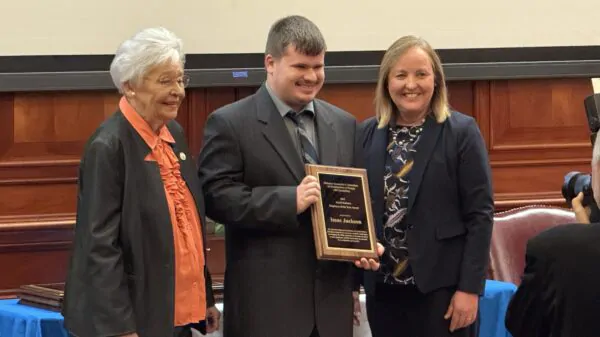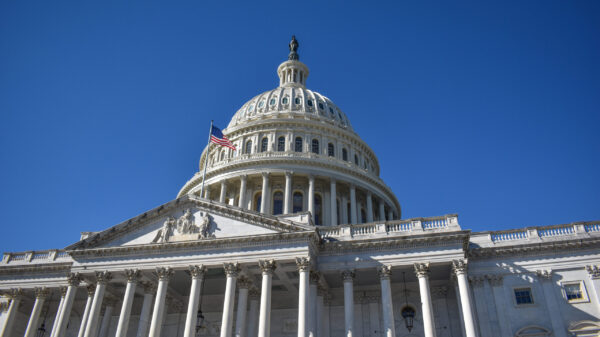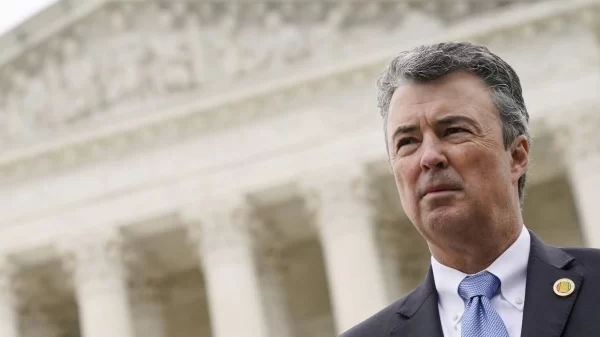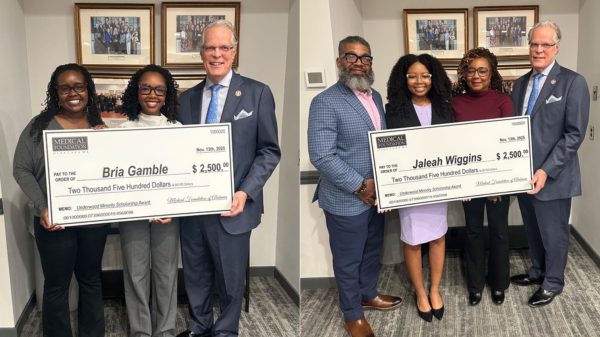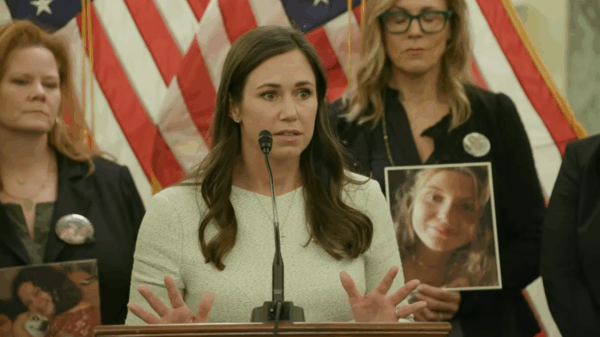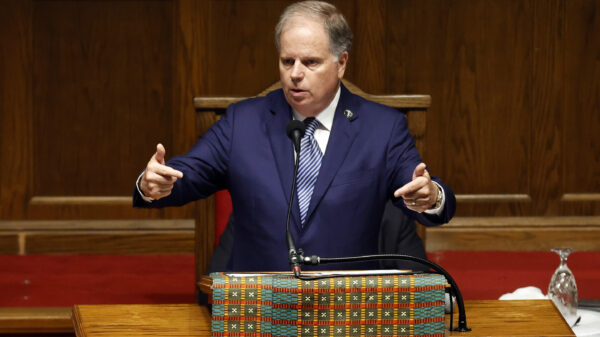Alabama is implementing the RAISE Act this year to complement its longstanding Foundation Program for K-12 education funding. The new model distributes funding based on specific student needs, using weighted formulas tied to categories like poverty, special education, English learners, giftedness and enrollment in charter schools.
Special education funding is divided into three tiers: Tier 1 receives a 2 percent weight, Tier 2 receives 10 percent, and Tier 3 receives 75 percent, based on the type of disability reported. English learners are weighted at 7 percent, or 10 percent in districts where they make up more than 9 percent of enrollment. Charter school students receive a flat 2 percent weight. Gifted students are funded at 4.5 percent, based on an assumed 5 percent of the total enrollment, regardless of the number of students identified.
During a State Board of Education meeting this week, State Superintendent Eric Mackey described how the law assumes five percent of a given student population is gifted, applying a 4.5 percent funding weight across all districts, regardless of actual identification.
Board member Tracie West raised concerns about equity, inquiring about districts where more than five percent of the student population is identified as gifted. Mackey acknowledged the problem, explaining that funding will not increase above the five percent assumption, even for districts with higher identification rates. Similarly, schools that identify fewer gifted students will still receive funding as if five percent were gifted.
Mackey clarified that Alabama is one of the few states to screen all second graders for giftedness universally. Though students can qualify through IQ tests, teachers can also recommend students for further evaluation based on observed potential.
Some board members voiced concern that giftedness can emerge later in school and that not all districts may have the same capacity to identify and support gifted students.
Concerns about misuse of funds were also raised. The law does not restrict districts from shifting money across categories, but the State Department of Education added a rule limiting that flexibility to 10 percent without prior approval.
“I would hope nobody would ask for that, and I think if we get a lot of waivers where people are overwhelmingly saying, we’re just not going to spend any money on, this category or that category, that we would probably get deeper and say, ‘Well, exactly what are you doing with those things,'” said Mackey.
Mackey emphasized this was meant to prevent “bad actors” in districts from ignoring one group of students entirely in favor of another.
Board members were also reminded that local districts must submit funding plans showing how each group of students is served. Accountability provisions in the law will require districts to report outcomes, beginning in 2027.
The total allocation for the RAISE Act this year is $166 million, combining $108 million in new funding with $58 million from existing programs. Legislators intend to increase that amount annually.
Mackey said he expects adjustments over time and invited board members to propose legislative changes like shifting gifted funding from assumptions to actual headcounts.




